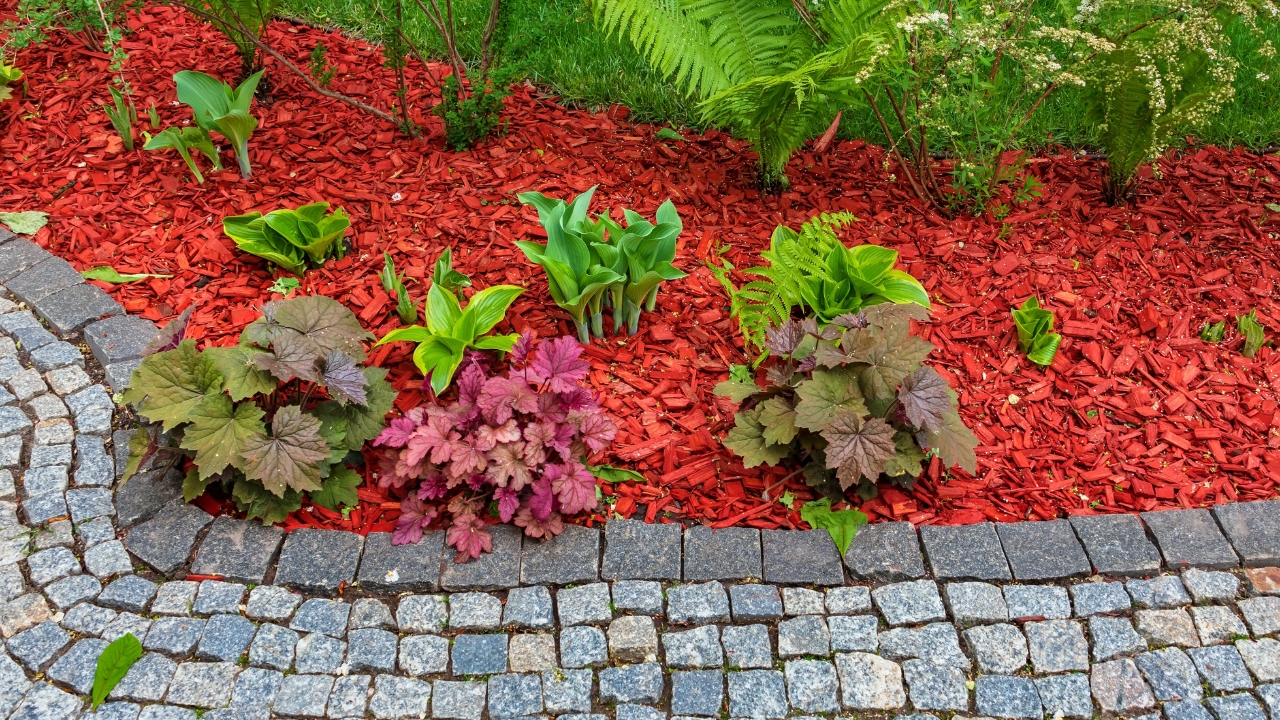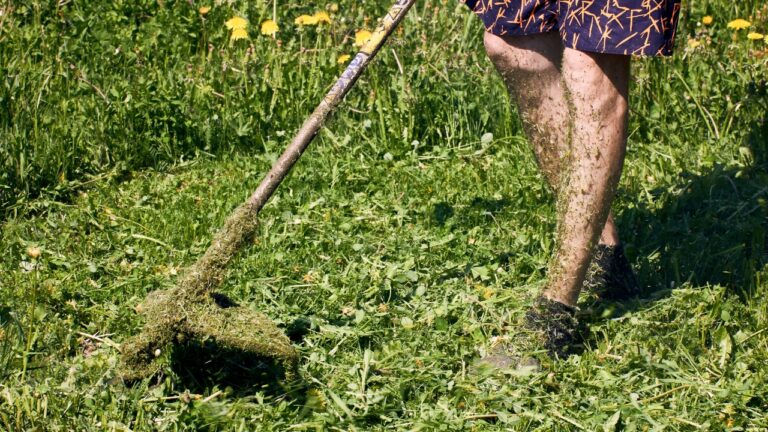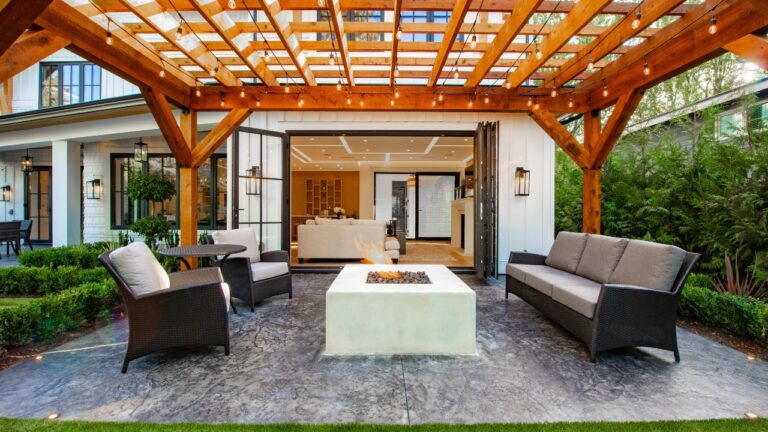Landscaping “Hacks” That Actually Cost You More Time
Some landscaping hacks sound clever on paper—but once you try them, they either don’t work or end up making your weekend longer. The truth is, a lot of these shortcuts take more time to fix than they ever saved in the first place.
From DIY tricks that fall apart after a week to “quick fixes” that cause long-term headaches, here are the ones worth skipping if you value your time (and sanity).
Using Cardboard Under Mulch

The idea is that cardboard blocks weeds while breaking down naturally, but in real life, it rarely works that cleanly. It holds moisture longer than you think and can create a soggy, compacted mess that suffocates your soil.
Once the cardboard starts breaking down unevenly, you’re left with patches of rot, bugs, and weeds that still pop through. If you want long-term weed control, landscape fabric or proper bed prep does a better job without the mess.
Filling Gaps with Gravel as a “Low-Maintenance” Fix

Gravel seems low-maintenance until it starts shifting around, sinking into the soil, or getting full of leaves you can’t rake out. It also attracts weeds unless you’ve got a solid barrier underneath—which most people skip.
And if you ever want to plant something in that spot later, good luck digging through it. Gravel’s not a time-saver once you count the upkeep and rework it usually needs.
Using Boiling Water or Vinegar to Kill Weeds

This one’s everywhere online, and while it does kill weeds—so does pulling them. The bigger issue is how short-lived the results are. It doesn’t touch the roots, so the weeds are back in a week.
Plus, if you use boiling water or vinegar near plants you want to keep, it’s way too easy to cause damage. You’ll waste more time trying to repair the “fix” than if you’d used a proper weed solution.
Gluing Rocks or Edging in Place

It might look like a good way to keep everything secure without digging, but landscape adhesive wears out in heat, rain, or frost. Eventually, pieces come loose, and re-gluing becomes a seasonal chore.
Proper edging or stacked stone that’s laid correctly lasts longer and doesn’t have to be babysat. Shortcuts with glue usually end up wasting both your time and your patience.
Using Painted Mulch for a “Fresh” Look

Dyed mulch might look sharp at first, but that color fades fast—especially red or black—and then it looks worse than plain mulch ever did. You end up refreshing it more often just to keep it looking decent.
Plus, depending on the dye and wood source, it might not break down well or could affect your soil. Stick to natural mulch that’s aged or double-ground if you don’t want to reapply constantly.
Creating “No-Mow” Zones With Decorative Grass

It sounds smart—plant something that grows tall and wild so you don’t have to mow it. But a lot of ornamental grasses still need trimming at least once or twice a year, and they spread faster than you’d think.
By the time you’re cutting them back, bagging the debris, and keeping them from taking over, you’ve put in more effort than mowing would’ve required. And once they get scraggly, they’re harder to clean up than turf.
Installing Solar Lights Without Anchoring Them

Sticking solar lights in the ground without proper support might work for a few weeks, but wind, rain, or even pets can knock them loose fast. Then you’re out there realigning them every few days.
You’re better off anchoring them in gravel or using more solid fixtures. If you’re constantly fixing lights that won’t stay up, they’re not saving you time—they’re adding to your to-do list.
Lining Beds with Plastic

Plastic might seem like an easy weed barrier, but it blocks airflow and traps water. Over time, it can cause root rot in your plants and turn your flower bed into a muddy mess.
And once weeds do punch through—which they will—it’s harder to pull them because their roots are stuck in the plastic. A breathable barrier or mulch-only approach is more forgiving and doesn’t become a problem later.
Spraying the Lawn With DIY Soap Solutions

Some folks mix dish soap and water to kill bugs or fungus, but this usually dries out your grass or makes soil conditions worse. Plus, soap can mess with beneficial insects or microbes that actually help your lawn thrive.
You might save a few bucks up front, but fixing a damaged lawn takes way more time than using the right treatment from the beginning. If you’re not 100% sure it’s safe, skip the DIY mix.
Using Rocks as Mulch Around Trees

This might seem like a set-it-and-forget-it hack, but rocks heat up in the sun, hold that heat, and stress your tree’s roots—especially in the summer. They also make it harder for water to soak in.
You’ll also spend more time clearing debris and weeding through rocks than you would with organic mulch. It’s not worth the upkeep unless it’s purely decorative and away from anything living.
*This article was developed with AI-powered tools and has been carefully reviewed by our editors.







